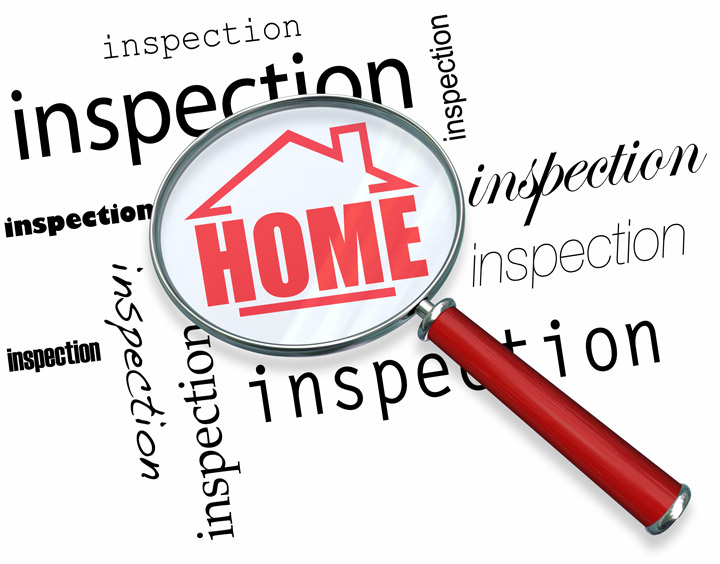
Decoding the Appraisal ProcessA home purchase can be the most serious financial decision many could ever consider. It doesn't matter if where you raise your family, an additional vacation home or a rental fixer upper, purchasing real property is a complex transaction that requires multiple people working in concert to make it all happen. Practically all the participants are very familiar. The most recognizable entity in the exchange is the real estate agent. Next, the bank provides the money needed to finance the transaction. And the title company ensures that all details of the sale are completed and that the title is clear to transfer from the seller to the buyer. So, who makes sure the real estate is worth the amount being paid? In comes the appraiser. We provide an unbiased estimate of what a buyer might expect to pay — or a seller receive — for a parcel of real estate, where both buyer and seller are informed parties. A licensed, certified, professional appraiser from WD Brinson & Associates will ensure, you as an interested party, are informed. Appraisals start with the home inspectionOur first duty at WD Brinson & Associates is to inspect the property to determine its true status. We must physically see aspects of the property, such as the number of bedrooms and bathrooms, the location, and so on, to ensure they indeed are there and are in the condition a typical person would expect them to be. The inspection often includes a sketch of the property, ensuring the square footage is proper and conveying the layout of the property. Most importantly, the appraiser looks for any obvious features - or defects - that would affect the value of the house. Next, after the inspection, an appraiser uses two or three approaches to determining the value of real property: a sales comparison, a replacement cost calculation, and an income approach when rental properties are prevalent. 
Replacement CostHere, the appraiser pulls information on local building costs, labor rates and other factors to calculate how much it would cost to build a property nearly identical to the one being appraised. This value commonly sets the upper limit on what a property would sell for. The cost approach is also the least used predictor of value. 
Sales ComparisonAppraisers get to know the communities in which they appraise. They thoroughly understand the value of particular features to the homeowners of that area. Then, the appraiser looks up recent sales in the area and finds properties which are 'comparable' to the real estate at hand. By assigning a dollar value to certain items such as square footage, additional bathrooms, hardwood floors, fireplaces or view lots (just to name a few), we add or subtract from each comparable's sales price so that they are more accurately in line with the features of subject property.
In the end, the appraiser reconciles the adjusted sales prices of all the comps and then derives an opinion of what the subject could sell for. At WD Brinson & Associates, we are experts when it comes to knowing the worth of real estate features in Fair Oaks and Bexar County neighborhoods. The sales comparison approach to value is usually awarded the most importance when an appraisal is for a real estate purchase. Valuation Using the Income ApproachIn the case of income producing properties - rental houses for example - we may use a third approach to value. In this scenario, the amount of income the real estate generates is factored in with income produced by comparable properties to determine the current value. Putting It All TogetherExamining the data from all applicable approaches, the appraiser is then ready to put down an estimated market value for the subject property. Note: While this amount is probably the best indication of what a house is worth, it probably will not be the price at which the property closes. Depending on the individual situations of the buyer or seller, their level of urgency or a buyer's desire for that exact property, the closing price of a home can always be driven up or down.But the appraised value is typically employed as a guideline for lenders who don't want to loan a buyer more money than the property is actually worth. The bottom line is, an appraiser from WD Brinson & Associates will help you get the most fair and balanced property value, so you can make the most informed real estate decisions. |